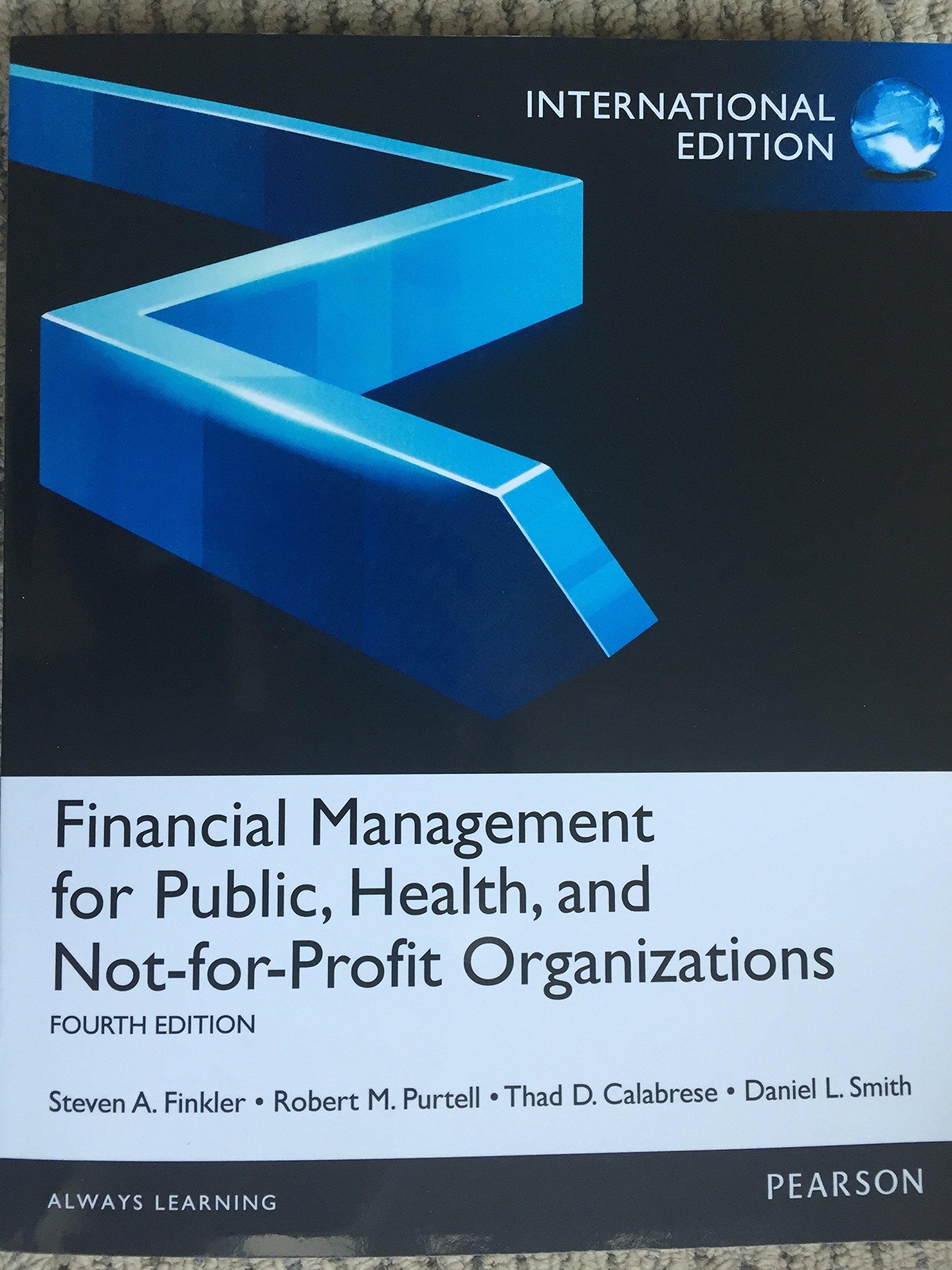Question
Blackstone and Pimco are contemplating a leveraged buyout of Marriott. Marriotts 200 million shares currently trade at $120/share, and the company has long-term debt with
Blackstone and Pimco are contemplating a leveraged buyout of Marriott. Marriotts 200 million shares currently trade at $120/share, and the company has long-term debt with a current market value of $8 billion, and $3 billion in excess cash. The current share price and the current market value of debt do not reflect any anticipation of a potential LBO deal.
Under the LBO deal, Blackstone and Pimco would form an investor consortium (an alliance) and would be offering $140/share to Marriotts existing shareholders. The investor consortium plans to finance the buyout by raising $18 billion through new debt (provided by Pimco) and additional $7 billion via equity financing (provided by Blackstone and Pimco). The expected interest expenses (in billions) for both the existing old debt and the additional new debt are given in the table below. Under the LBO plan the new debt would be added to the existing old debt, that is, the old debt would not be retired. Blackstone and Pimco expect that under the LBO plan Marriott will generate unlevered free cash flows (FCFs) as given in the table below, and that FCFs will grow in perpetuity at 3% a year after year 3. You should further assume that the cost of debt (expected return on debt) during the first 3 years is 10% (for the old debt and the new debt). The investor consortium (Blackstone and Pimco) plans to sell Marriott after 3 years (t=3) and anticipates the new owners will then immediately adjust the amount of debt to match a target debt-to-value ratio of 30%, and will rebalance to this target ratio after each year. With this debt-to-value ratio of 30%, Marriotts expected return on debt will be 6%. In your below analysis, you should assume that Marriotts unlevered cost of equity (expected return on assets), ra, will be equal to 15% if the LBO plan is implemented. You should also assume that Marriott generates enough pre-tax cash flows so that interest expenses can be used to generate tax shields, and that the corporate tax rate faced by Marriott is 40%. Please express all values in billions of dollars. The following table provides expected dollar values in billions.
| Year | 1 | 2 | 3 |
| Expected interest expense from old debt | 0.6 | 0.6 | 0.6 |
| Expected interest expense from additional new debt | 2.1 | 1.6 | 0.9 |
| Total expected FCFs under the LBO plan | 2.5 | 5.0 | 4.5 |
Be sure to answer all of the parts of the question and clearly label your answer for each part. For example, begin your answer to part A with Part A:
A. (4 points) With the LBO, what is Marriotts PV(interest tax shields) for interest tax shields generated in years 1-3?
B. (6 points) If the LBO goes through, what is Marriotts PV(interest tax shields) for the interest tax shields generated in years > 3? C. (4 points) What is Marriotts new firm value if the LBO goes through at date 0 and after the investor consortium (Blackstone and Pimco) has used Marriotts excess cash to fund the buyout of the old shareholders? D. (3 points) What is the total value gain for the old shareholders?
Step by Step Solution
There are 3 Steps involved in it
Step: 1

Get Instant Access to Expert-Tailored Solutions
See step-by-step solutions with expert insights and AI powered tools for academic success
Step: 2

Step: 3

Ace Your Homework with AI
Get the answers you need in no time with our AI-driven, step-by-step assistance
Get Started


